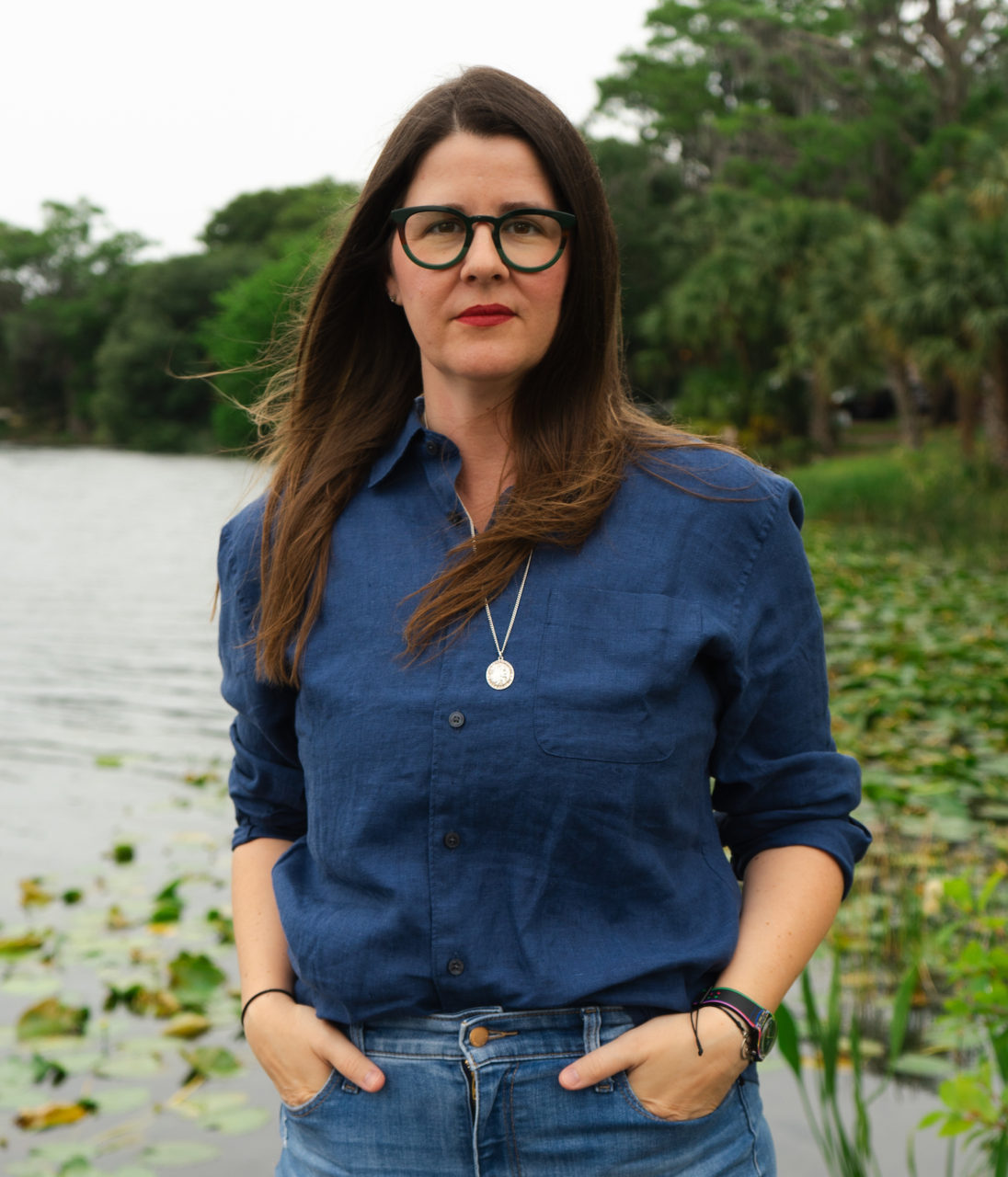
When it comes to bookish opinions are you ever worried that your hot take might be flaming trash? Do you want to know who exactly is the literary a**hole in any given situation? Author Kristen Arnett can help. She writes the Literary Hub, Am I the Literary A**hole? column and will be doing a live event based on the column, September 13 at The Studios of Key West.
She will answer your questions about how to survive the writing life (and behave in the book world) in this live event. Bring your question with you or click here to submit anonymously ahead of time.
Arnett comes joins us as part of The Studios of Key West PEAR program. She is also the author of With Teeth and Mostly Dead Things. Her next novel, STOP ME IF YOU’VE HEARD THIS ONE, (Riverhead Books) will be out in March.
We got her to answer a few general questions before she answers your questions about literary etiquette on Sept. 13.
Q: How did the AITLA column come about?
A: This is a great question because I actually have a really funny answer for it! I was waiting for my friend at a restaurant and they were running (very) late for dinner, so I ordered a bottle of wine to start. Before I knew it, I’d already finished half the bottle. I started thinking about the fact that I really love reading advice column questions. I wondered if there was an advice column for literature, and then I wondered if anyone had ever agreed to write an advice column while they were mind-numbingly drunk. This immediately felt like a very funny idea to me, so I opened up my phone right there at the dinner table and shot off an email to my buddy Jonny Diamond over at Lit Hub. I knew him from a previous column that I did for them, which was about librarianship. Jonny is always up for fun, weird ideas! So I drunkenly emailed him with a subject line that was like “hear me out” and then in one line or so was like “how do you feel about me writing a drunk advice column for you.” I am not joking when I say that within like 10 minutes he’d written back to agree that I should do it. And now the rest is drunken history!
Q: Have you found any common traits amongst all Literary A**holes?
A: Honestly, yes – and that trait is that not many of them are actually a**holes! I find that a lot of the people who write in are actually, for the most part, overly conscientious people who themselves have been treated a little badly. Through the process of developing this column, I’ve (happily) discovered that many people are just out here every day trying their best; most of them are very worried about offending or hurting others. There is a very clear throughline of empathy and care and community building, which is lovely. Of course, for all of the great ones that I select from the slush, there are some that never make it onto the site. The occasional people who write in to complain that they have better ideas on how to run the column! To them, I say: find an editor to email drunk about it and get your own gig!
Q: You’re going to be in Key West as a PEAR – what do you enjoy most about artist residencies?
A: I truly love spending creative time in places that are connected with nature. I am from Florida – third generation – and so much of my work contains regional nods and influences. Being afforded a residency is always a gift, one that I genuinely treasure, because it’s time out of regular life to focus solely on art. And not only art, but also my relationship to it, which is forever changing. I feel like I get to know myself as a writer all over again at each residency. That is so important. I am deeply grateful for it.
Q: What are you looking forward to exploring/doing in Key West?
A: I am deeply interested in observing everything around me while I’m in town. I can’t wait to people watch, to explore nature, to feel embedded in a new space that’s still so closely connected to my own home. I am such an extrovert – truly, can’t contain myself – so I am really looking forward to bar hopping talking and chatting with anybody I happen to run into while I’m out and about!
Q: What are you reading and recommending these days?
A: I loved Laura van den Berg’s latest novel, State of Paradise. Great Florida book, truly. I also recently got done with Liz Moore’s God of the Woods, which was terrific. I am in the middle of revisiting Bryan Washington’s fabulous short story collection, LOT, which always gets my head in a wonderful place and energizes me. Biggest problem for me right now is that there are too many great things I want to be reading and definitely not enough hours in the day to do that!
Q: What’s your favorite/current summer drink?
A: Spicy margarita really hits the spot, I tell you what. I love to make a joke that if you’re having a drink with citrus then you’re being very healthy because you’re preventing scurvy. But you also can’t go wrong with an ice-cold beer. Or an ice-cold coke classic! Jesus, now I’m thirsty!
***
Ed note: Read our review of Mostly Dead Things.

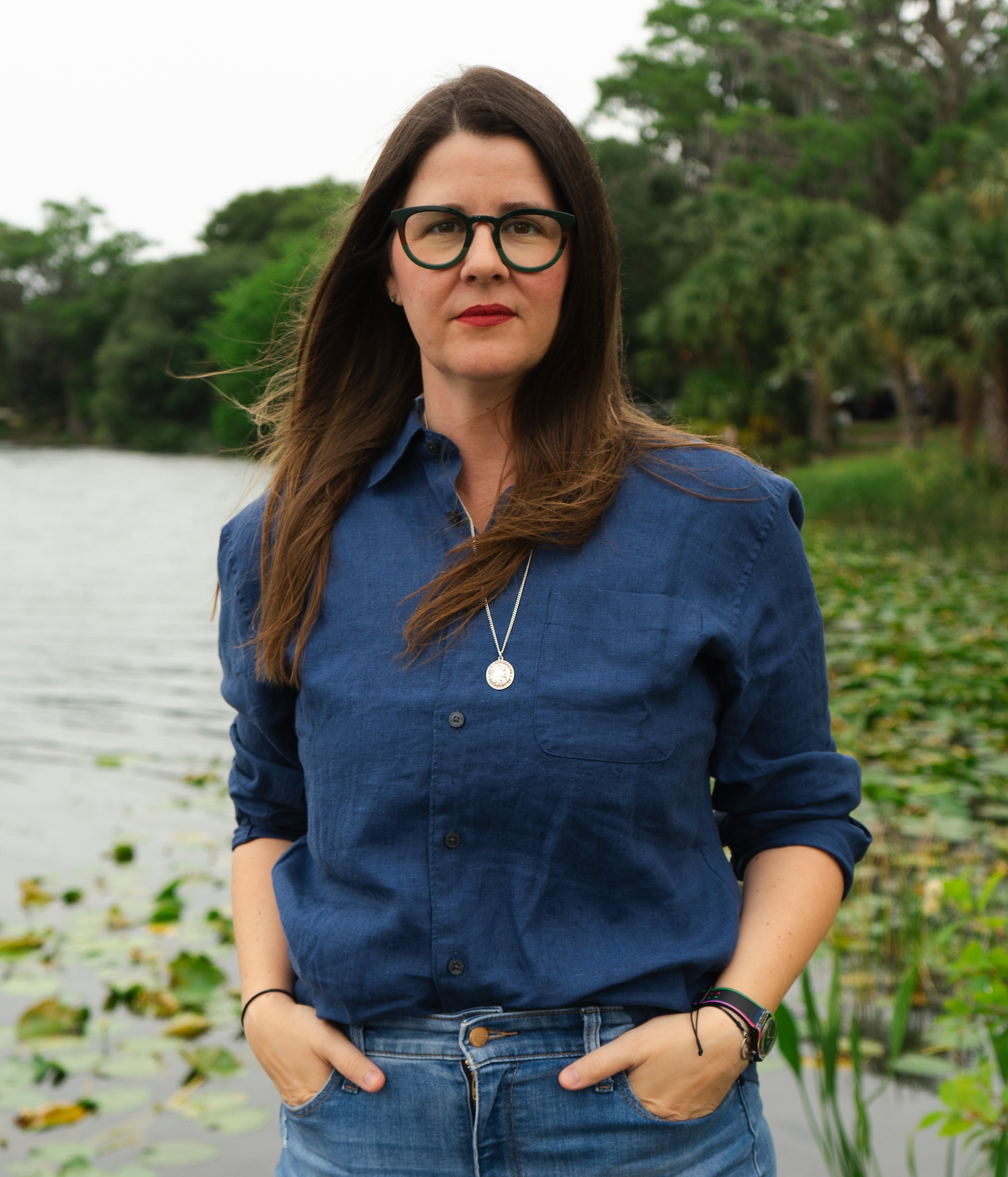
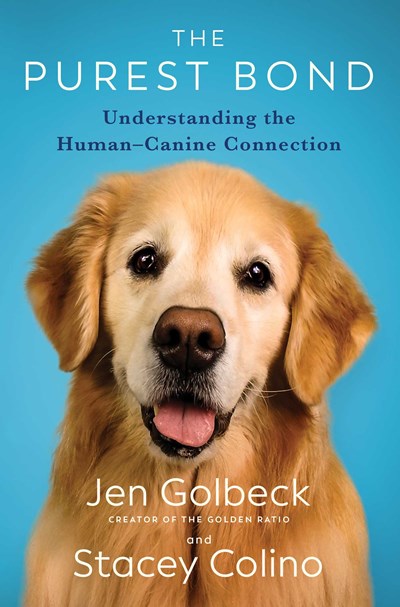
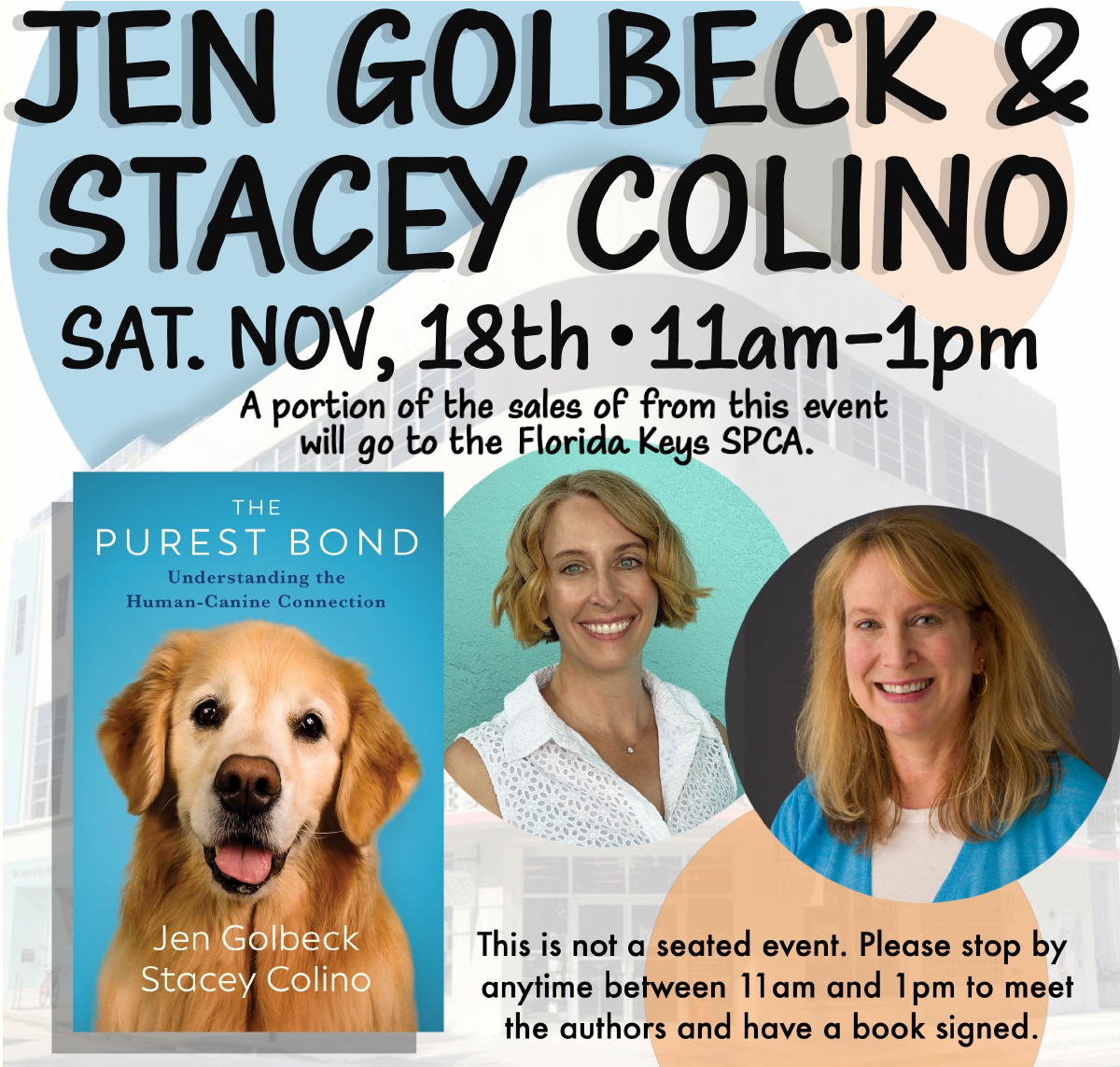
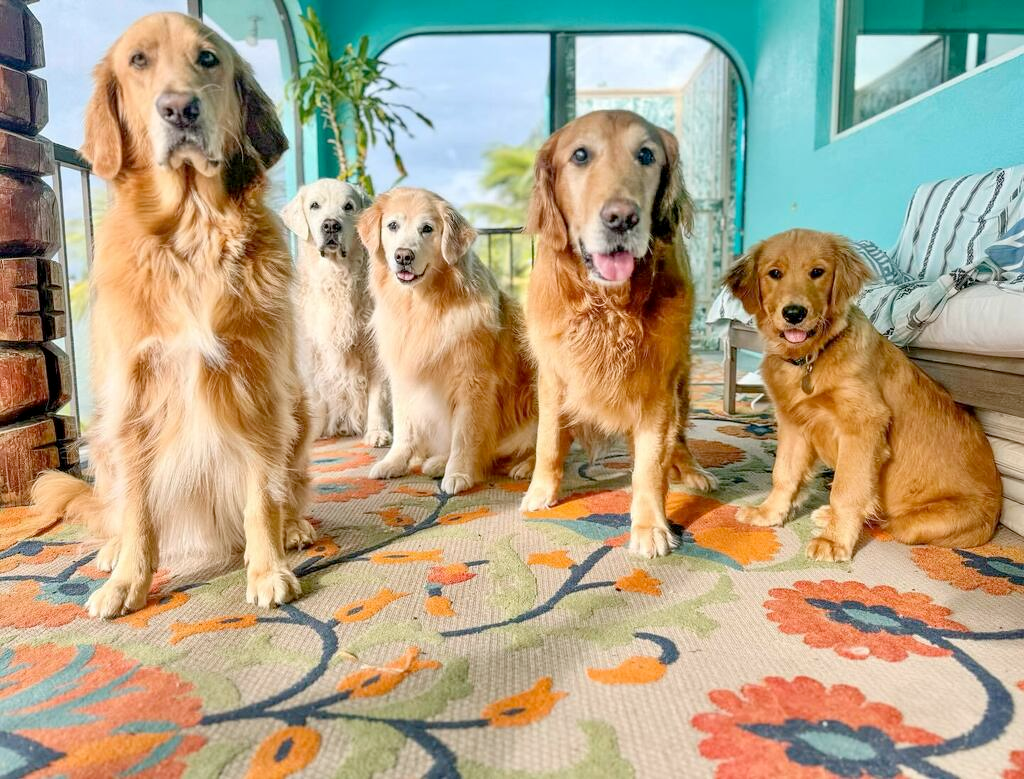
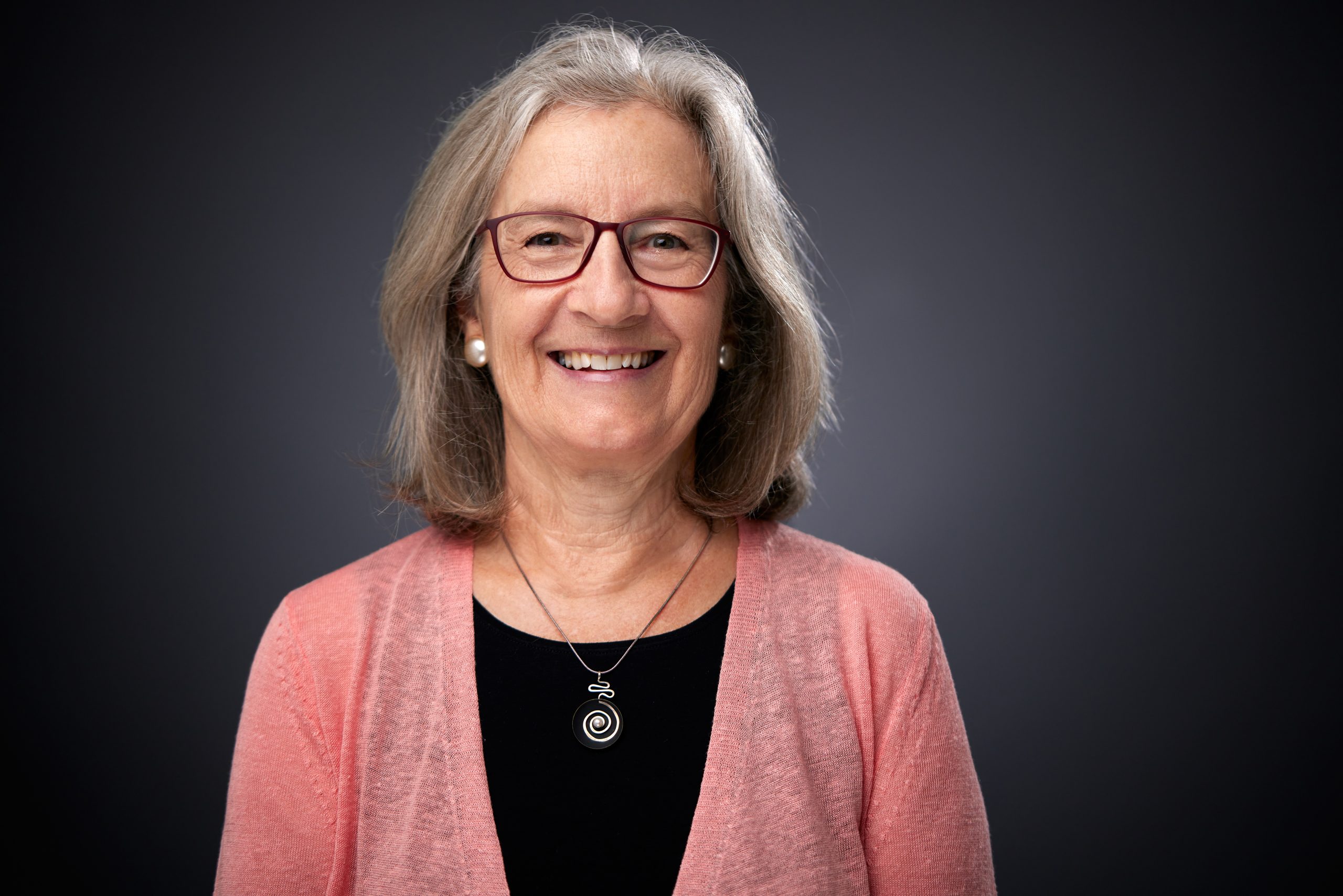
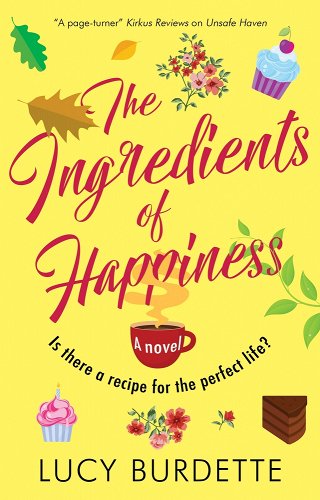
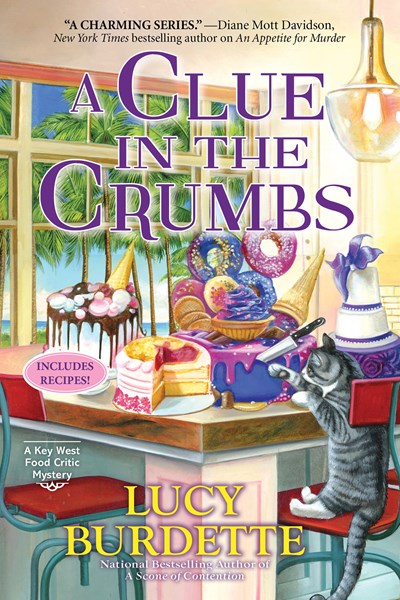
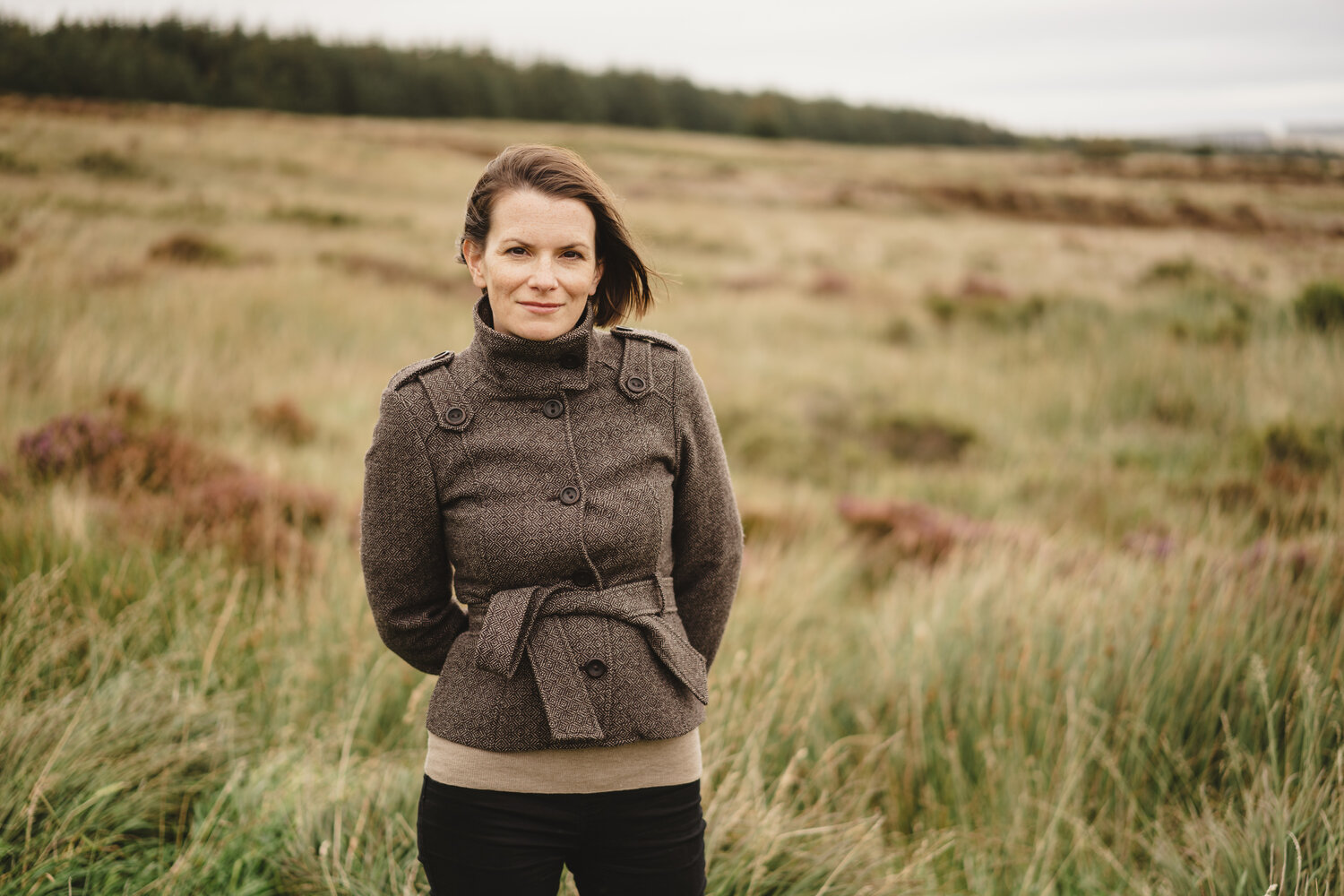
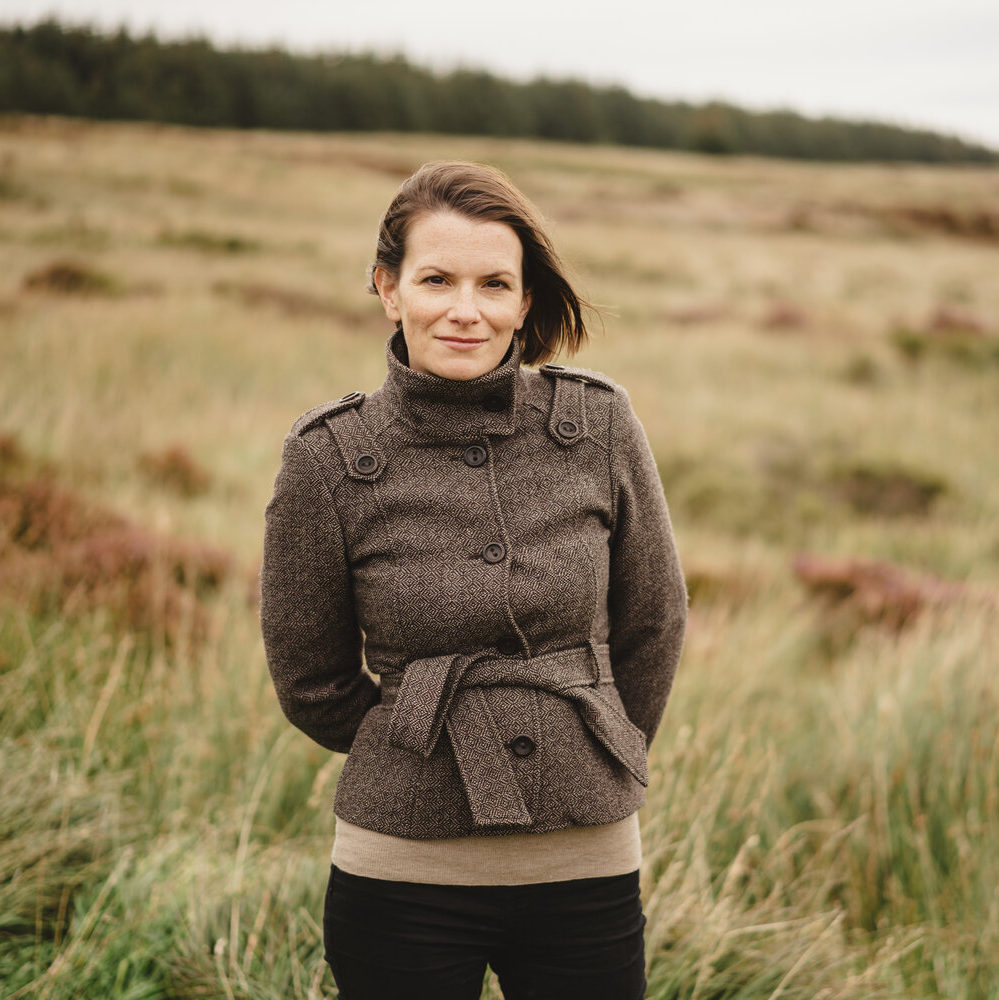
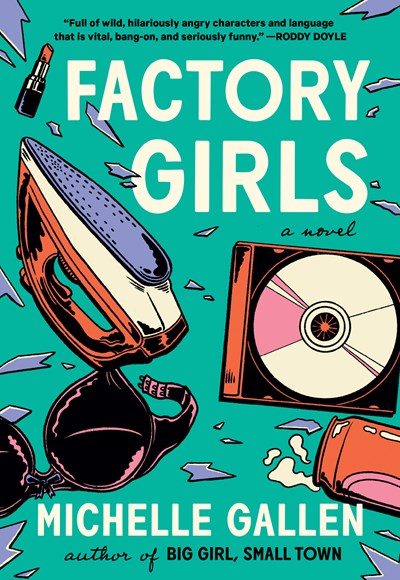
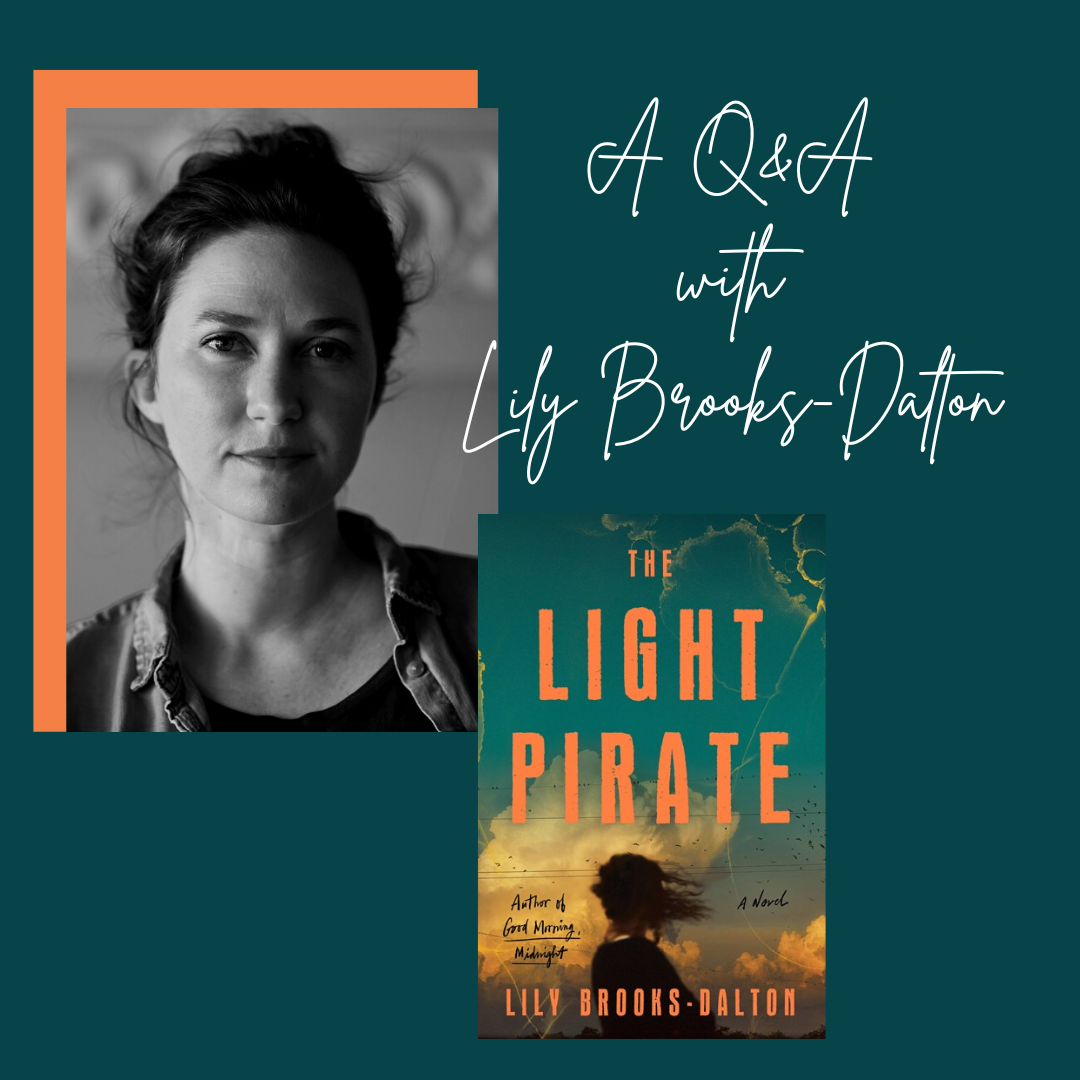
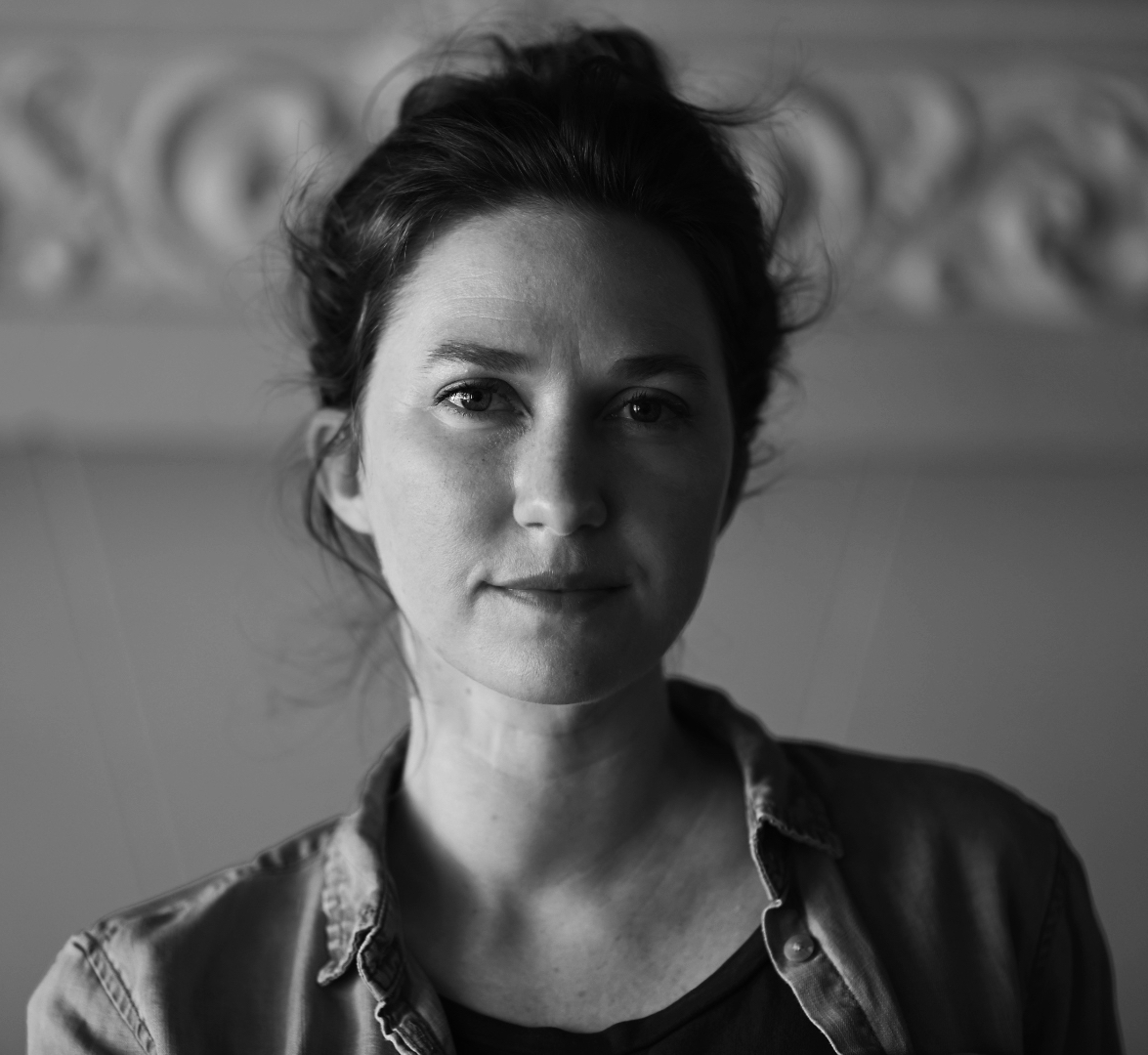
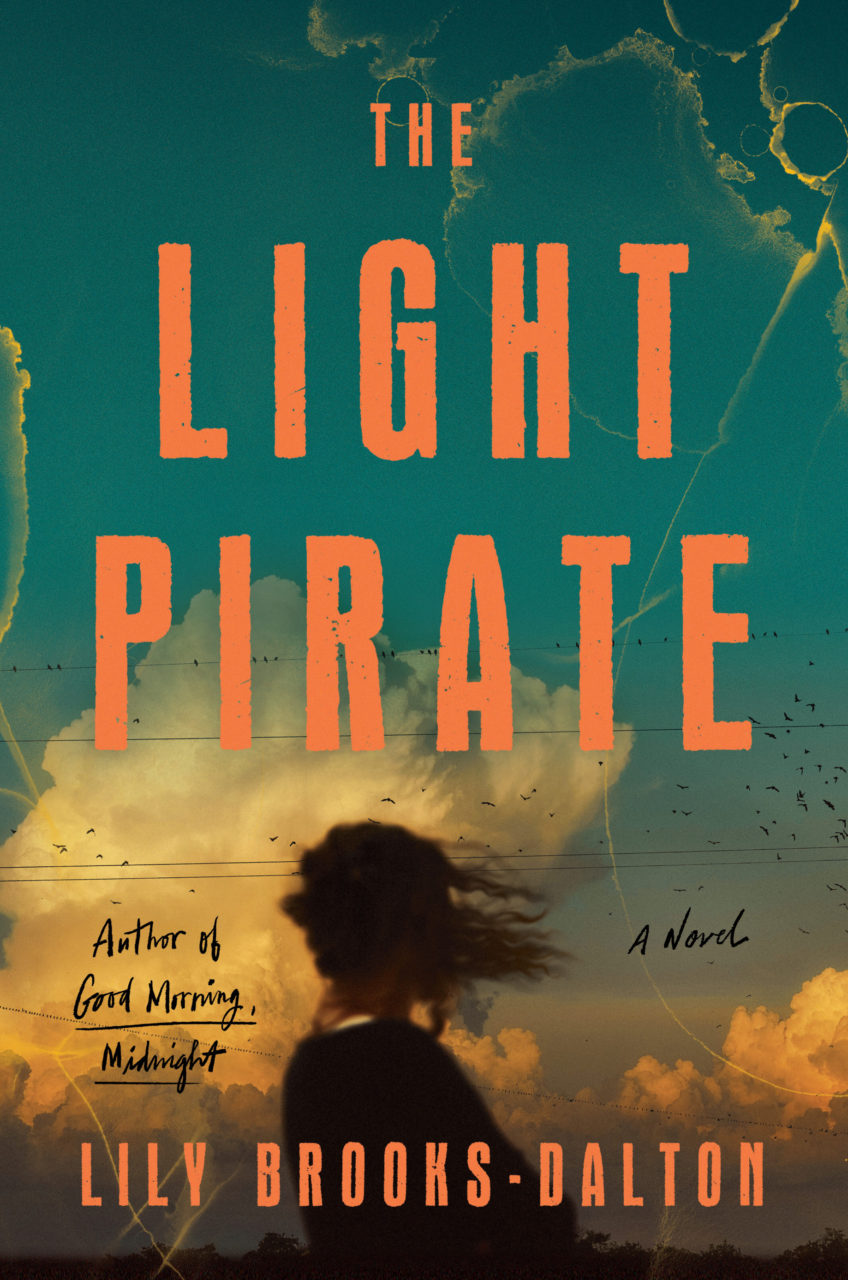
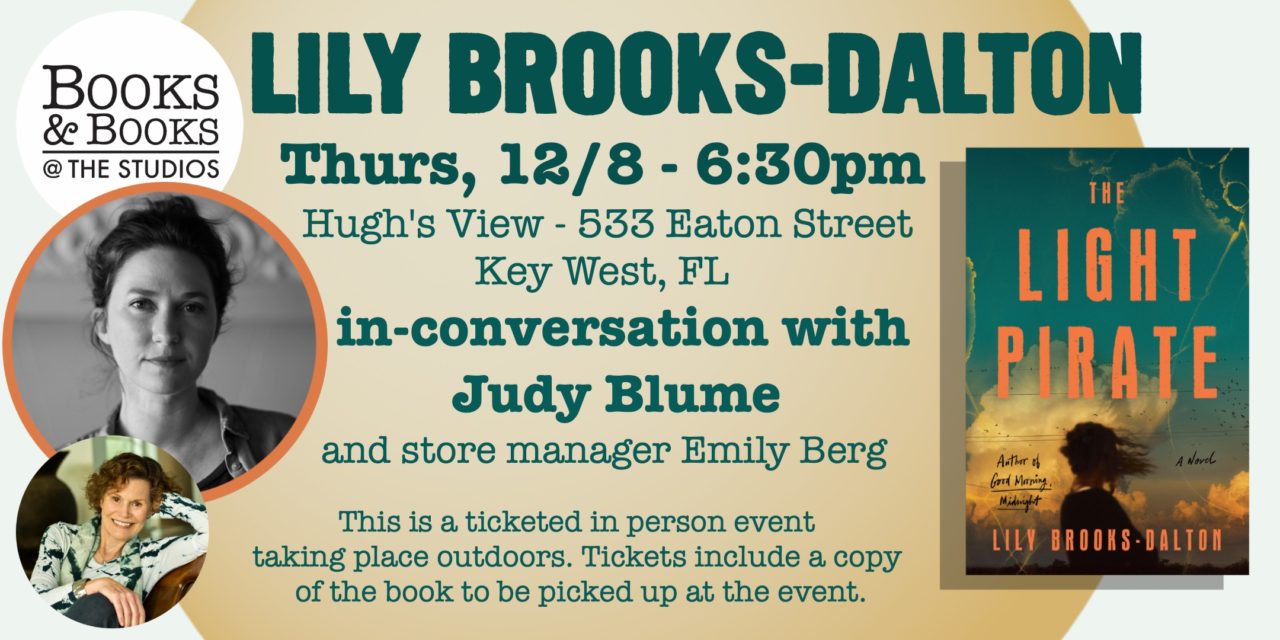
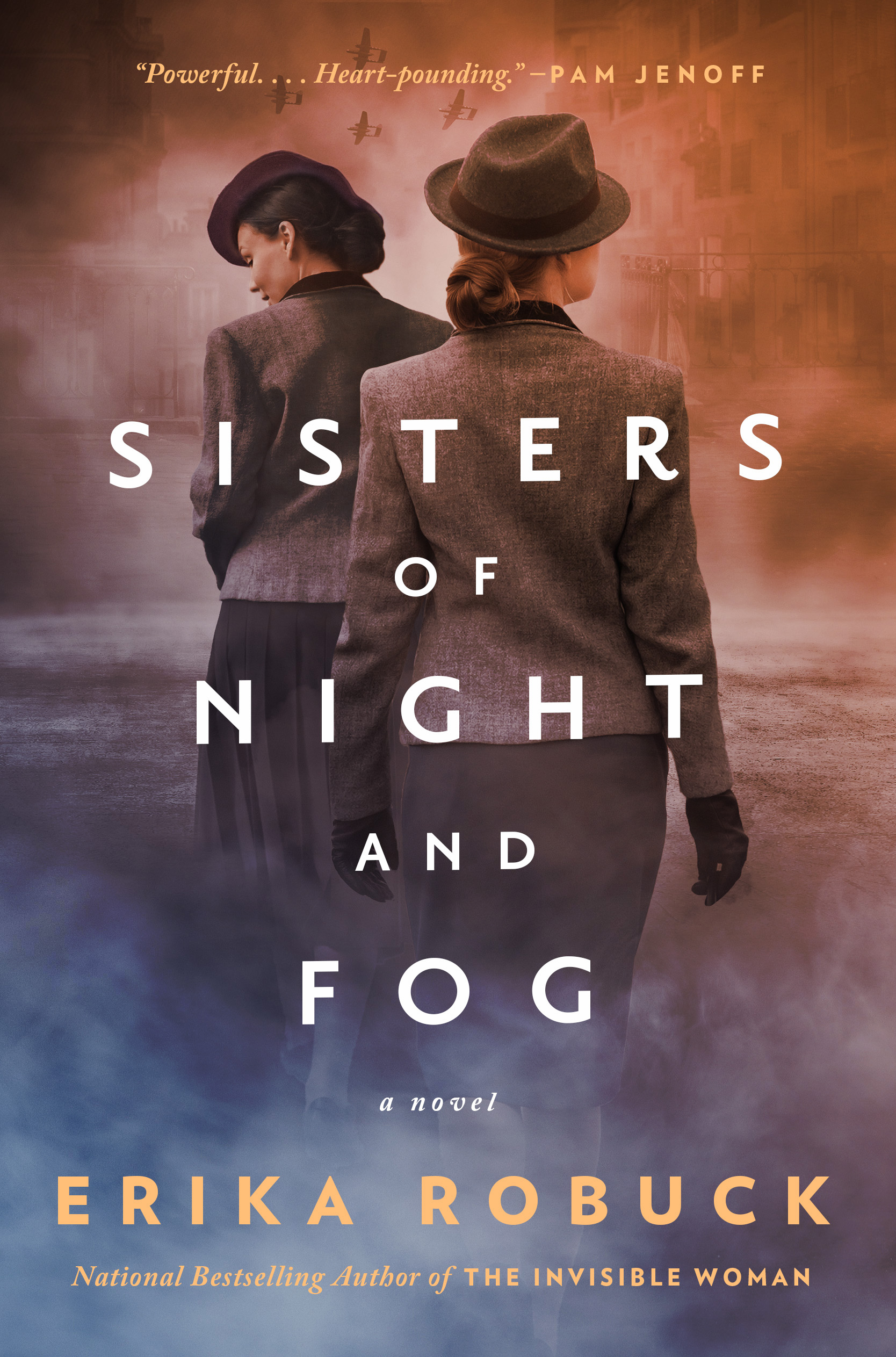
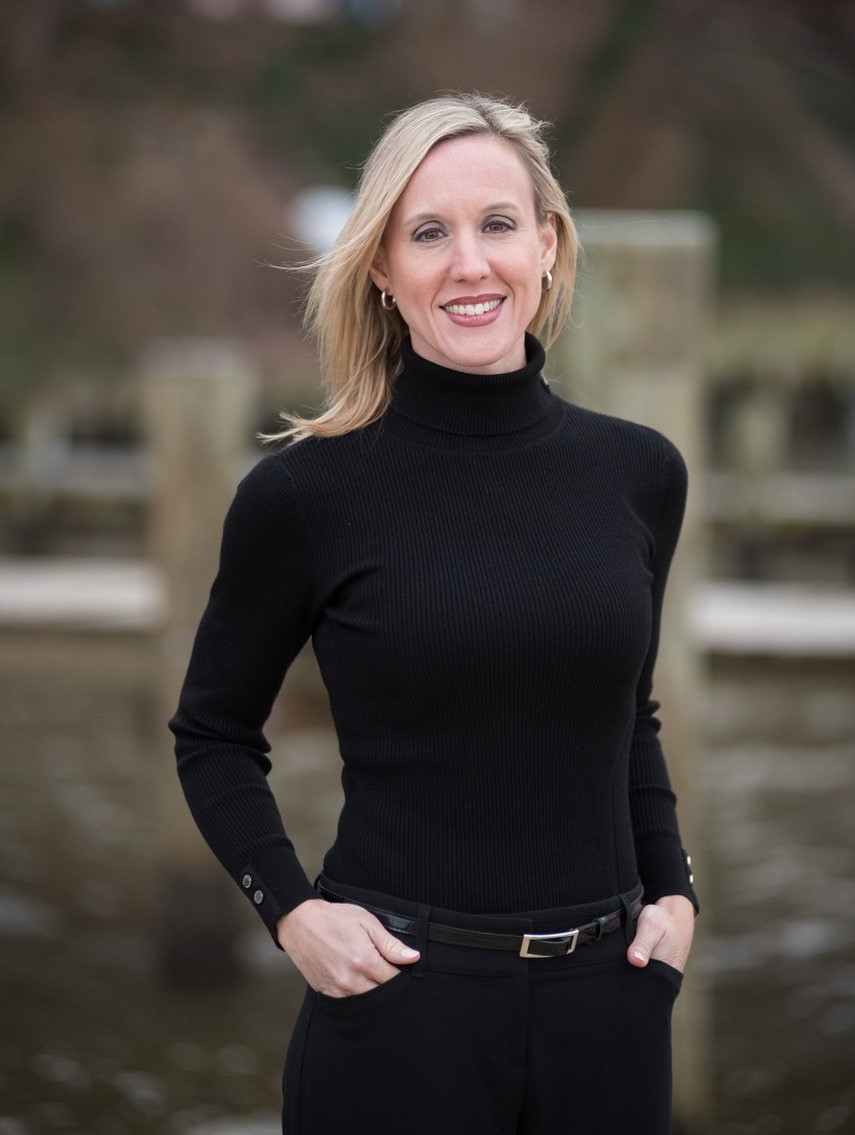
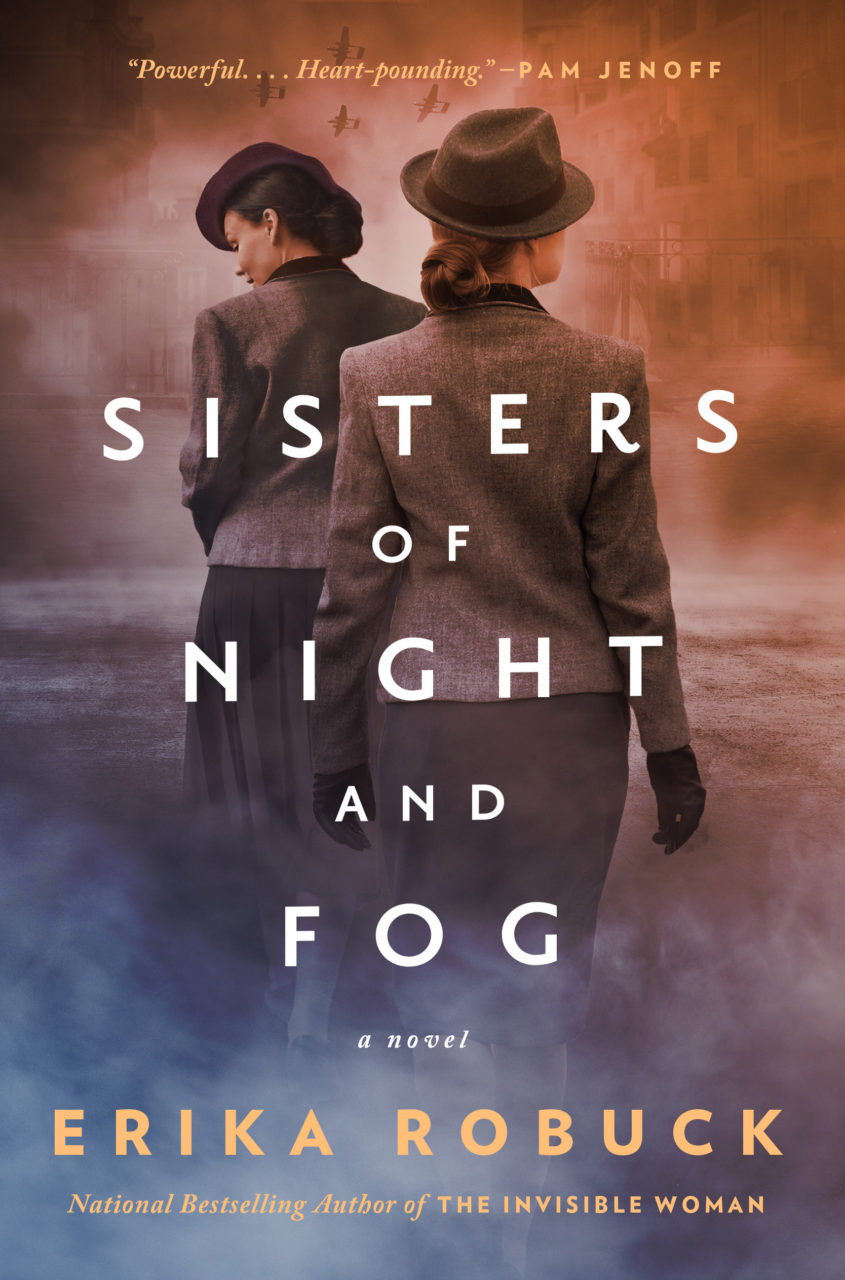
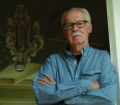
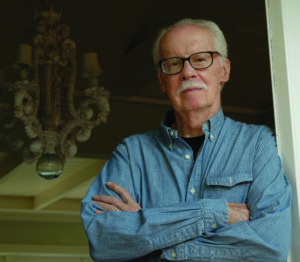
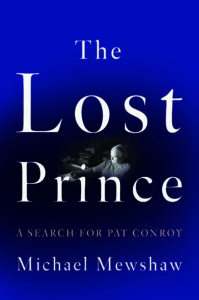 Q. For THE LOST PRINCE, in specific, why did you want to share this story? What do you hope readers will take away from it?
Q. For THE LOST PRINCE, in specific, why did you want to share this story? What do you hope readers will take away from it?
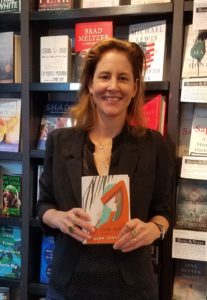 Hearing Susan Conley, author of
Hearing Susan Conley, author of 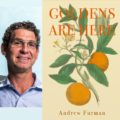
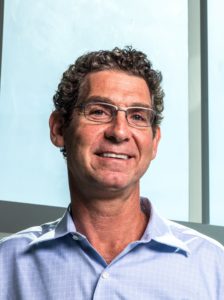 Inspired by true events surrounding an historic Florida citrus season and the civil rights struggle, Andrew Furman’s GOLDENS ARE HERE offers a glimpse of the sea changes occurring in Florida and the nation in the 1960s through the prism of one family’s negotiations with the land, their neighbors, and each other. Leading up to his reading and book signing Feb. 6, we had the opportunity to chat with him about his background and new book.
Inspired by true events surrounding an historic Florida citrus season and the civil rights struggle, Andrew Furman’s GOLDENS ARE HERE offers a glimpse of the sea changes occurring in Florida and the nation in the 1960s through the prism of one family’s negotiations with the land, their neighbors, and each other. Leading up to his reading and book signing Feb. 6, we had the opportunity to chat with him about his background and new book.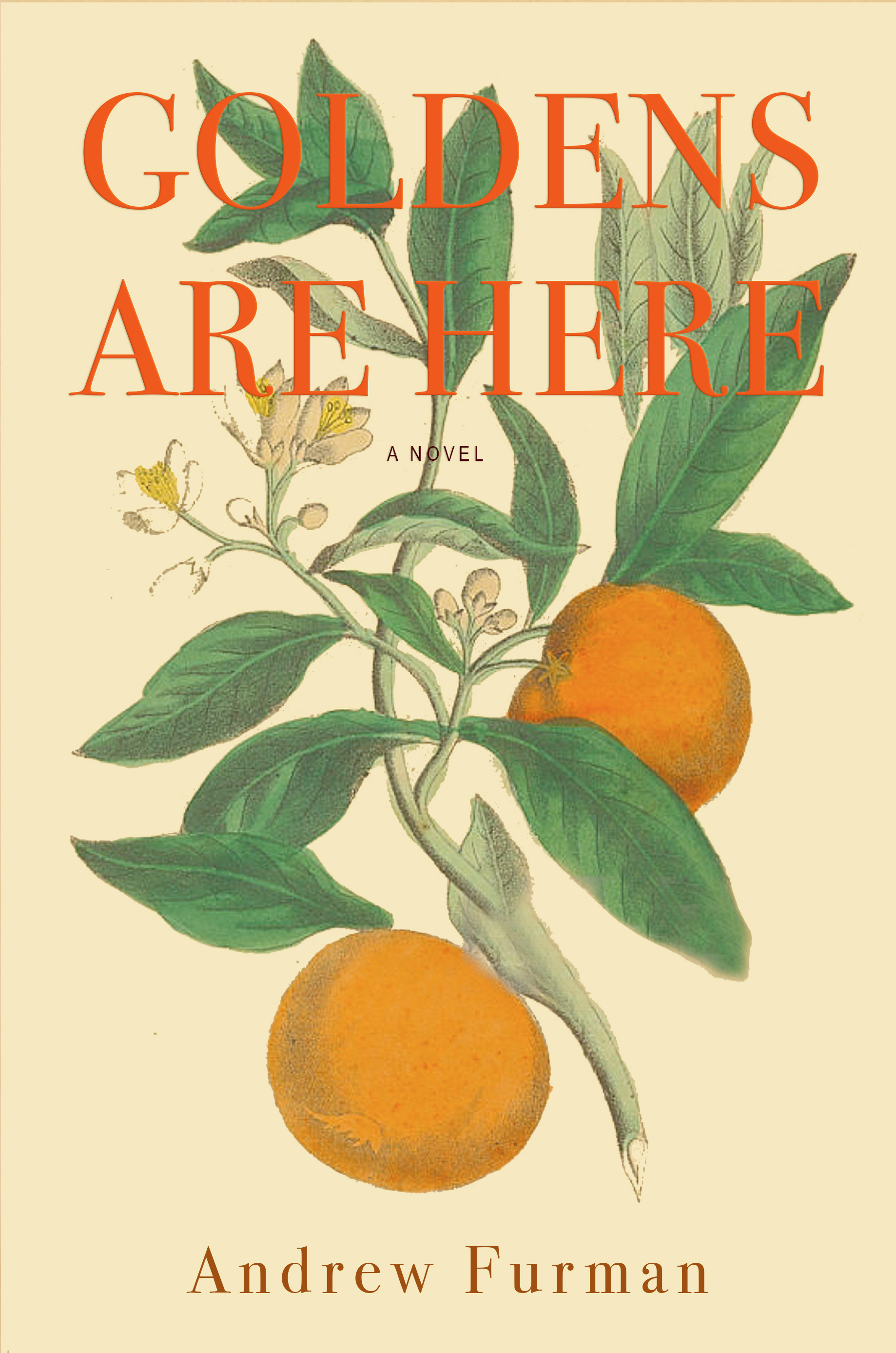 A: I’ve lived here in south Florida for the past 22 years and one of my favorite things to do is hop in the car with my family and visit some of the more scruffy out-of-the-way outposts of our Sunshine State. The seeds for GOLDENS ARE HERE, if I might use a botanical metaphor, originated in one of these trips with my family to the small town of Titusville and its rural outskirts. As I walked the streets of this historic town and visited the remaining orange groves along the nearby Indian River, I found myself imagining what the place must have looked like and meant to the people who lived there in what might be considered the region’s hey-day, the 1960s when the space-race was hitting its stride, the citrus industry was booming, and, as my research would uncover, the Civil Rights struggle was impacting black and white lives in significant ways. It seemed like a rich time and place to direct my creative energies. It wasn’t too long before a cast of characters and a story emerged in my mind that would allow me to engage with the intersections between the social and environmental realms, which has long been a primary interest of mine.
A: I’ve lived here in south Florida for the past 22 years and one of my favorite things to do is hop in the car with my family and visit some of the more scruffy out-of-the-way outposts of our Sunshine State. The seeds for GOLDENS ARE HERE, if I might use a botanical metaphor, originated in one of these trips with my family to the small town of Titusville and its rural outskirts. As I walked the streets of this historic town and visited the remaining orange groves along the nearby Indian River, I found myself imagining what the place must have looked like and meant to the people who lived there in what might be considered the region’s hey-day, the 1960s when the space-race was hitting its stride, the citrus industry was booming, and, as my research would uncover, the Civil Rights struggle was impacting black and white lives in significant ways. It seemed like a rich time and place to direct my creative energies. It wasn’t too long before a cast of characters and a story emerged in my mind that would allow me to engage with the intersections between the social and environmental realms, which has long been a primary interest of mine.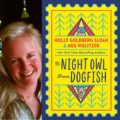
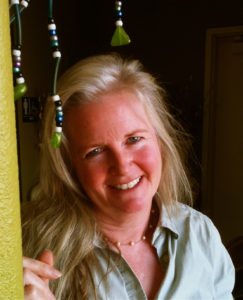
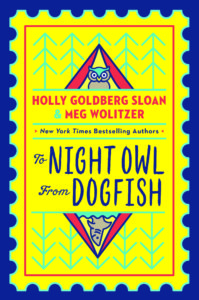 Q: How did you and Meg Wolitzer come to write this novel together?
Q: How did you and Meg Wolitzer come to write this novel together?